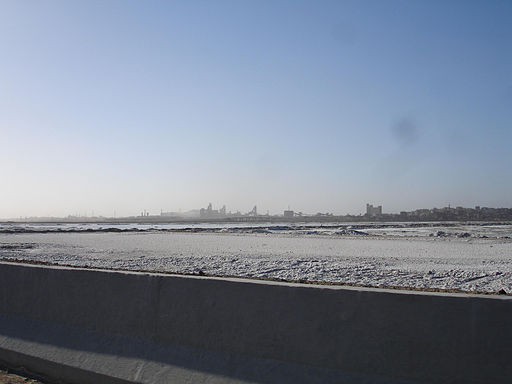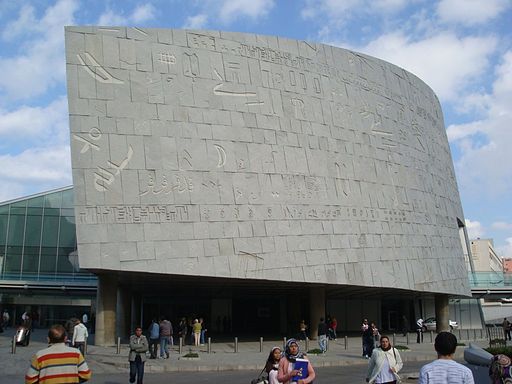The process consisted of formulating a long-term vision and action plan for sustainable development, constructed through broad-based participation of key public, private, and civil society stakeholders. The project is structured to respond to locally defined needs and to contribute to the cost of high investment priorities. It also aims to contribute to a higher level objective, supporting local authorities´ efforts in strategic planning, local economic development, improving local business climate, and socio-economic inclusion of Egyptian urban poor.
The Alexandria CDS vision and action plan formed the foundation for a large scale investment project known as Alexandria Development Project (ADP), in which the World Bank, the Government of Egypt, and a number of donor agencies contributed, with financial and technical support from the Cities Alliance Program, German Agency for Technical Cooperation (GTZ), UN Human Settlements Program (UN Habitat), the Arab Urban Development Institute (AUDI), General Organization of Physical Planning, Cairo (GOPP), Canadian International Development Association (CIDA), and the International Finance Corporation (IFC).
A Partnership Forum was established, including senior government officials, elected local councillors, Alexandria Businessmen Association, academic personnel and major civil society organizations in Alexandria Governorate, central agencies concerned, and donor agencies active in Alexandria, allowing for wider representation and consultation. Stakeholder consultation workshops were held semi-annually, to review work progress and supply inputs to the CDS team. The difference between the present CDS approach and approaches taken in the past is the involvement of all stakeholders in the strategy making process, to ensure feedback and inter-active participation.
Another point is a unified strategic development vision, ownership, and sustained commitment of all parties. Additionally, there are integrated mechanisms to implement the strategic development plan, and, at least, harmonize local and central government planning processes. Alexandria CDS development followed World Bank tested methodology based on best practice developed by Cities Alliance, Cities of Change (Bertelsmann Foundation), and other donor agencies.
The emerging long-term vision is for Alexandria to take advantage of its competitive advantages, better manage its local assets, and remove constraints to private sector-led growth, while ensuring socio-economic integration for poor people.
The following points summarize items planned as part of the second CDS phase:
- Priority infrastructure in support of LED:
- Carry out downstream cluster analysis of the following sectors: textile and garments, food processing, maritime and Shipping, petrochemicals, and ICT.
- Conduct a detailed study and action plan for improving the local business environment, focusing on access to industrial land and property registration in productive sectors.
- Hire a municipal finance specialist to conduct a comprehensive review of Alexandria local finance, focusing on enhancing revenue streams, maximizing expenditure efficiency, good fiscal management, and sensitizing municipal officials for the creditworthiness issues.
- Urban upgrading in squatter and informal settlements:
- Support participatory planning and upgrading effort in the first three pilot areas.
- Conduct participatory rapid appraisal PRA in the remaining 10 squatter settlements.
- Identify the next six to eight squatter settlements, prepare detailed remodelling plans and community socio-economic development programs in collaboration with GTZ and Social Fund for Development (Egypt) SFD.
- Complete a city-wide urban upgrading strategy, including physical / environmental improvement strategy; land tenure security; local economic development and institutional development strategy.
- Institutional development:
- Hire an institutional development specialist to design the most appropriate legal and institutional framework for a new City Development Department/Agency/Corporation to be responsible for coordinating three CDS pillars, ensuring sustainable development in Alexandria.
- Capacity building for the new City Development Department on urban upgrading, to be delivered by GTZ; LED, through organizing an international LED workshop in Alexandria in conjunction with Barcelona, Turin, Seville, London, Lyons and Lisbon, providing guidance and tools to formulate Alexandria LED vision and objectives.
- Organized training and study tours.
- Ensure broad consultation with stakeholders, communities, and interest groups through regular CDS workshops, creating a website, media, and dissemination.
-
Environment/Lake Marriout:
With GEF Global Environment Facility, help to establish a Lake Management Authority with an independent Board of Directors, account, and operating mechanisms.






